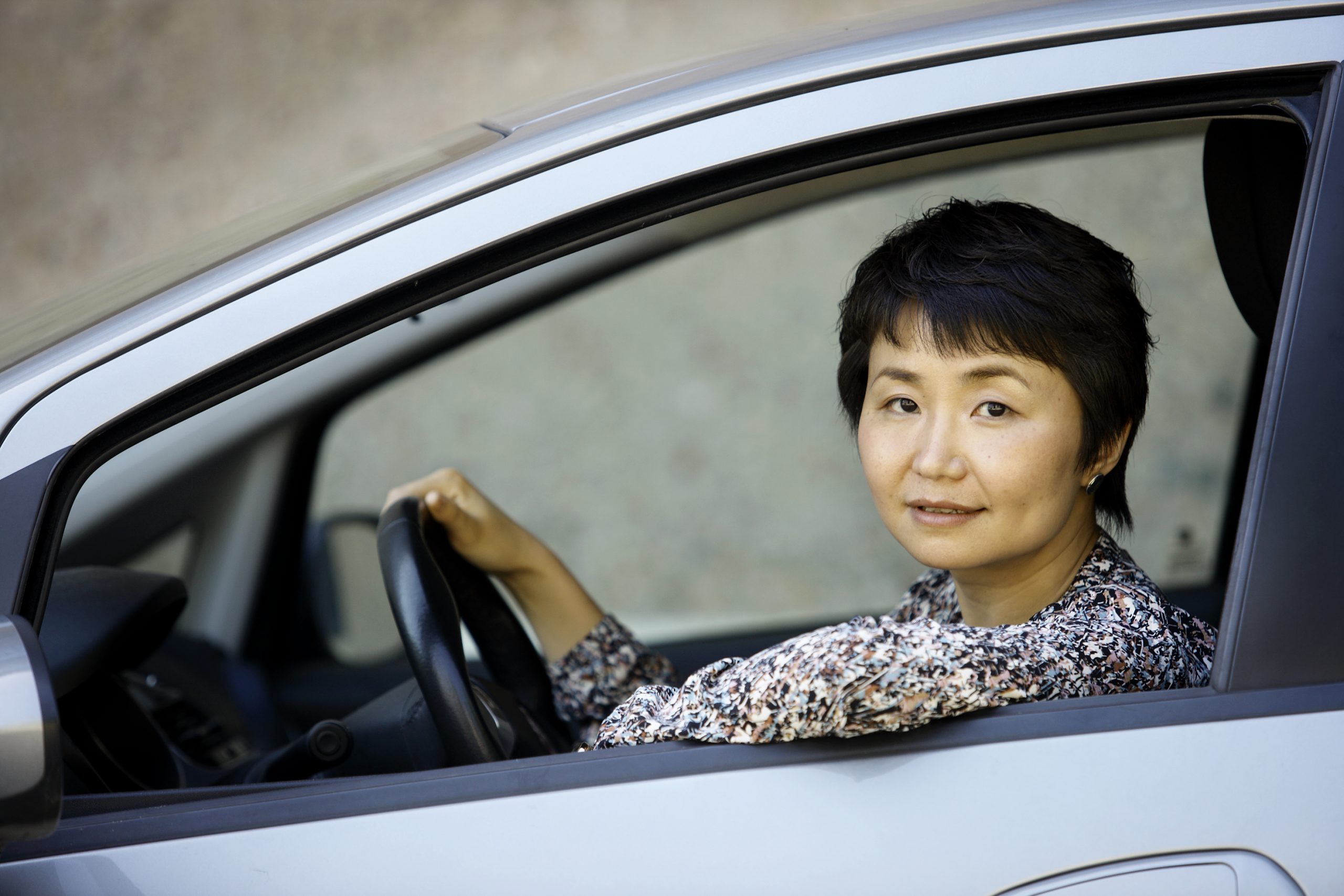The Chinese drive through Changsha much as the Dutch cycle in Amsterdam: with no respect for traffic rules. Dr. Jie Li sheds new light on their behavior.
As a mother and traffic researcher, Dr. Jie Li learned about traffic rules in the Netherlands the hard way. Freshly arrived in Netherlands seven years ago, she told her 7-year old daughter that people in Delft were so kind that it was perfectly safe to ride your bicycle here. After her daughter came home in shock. A vehicle had not given her priority and almost hit her. When Li told her professor about the incident, he asked where it happened and if she, as a traffic researcher for crying out loud, hadn’t noticed the priority markings (known as shark teeth) on the street? “Kind or not, you should learn the rules,” she was told.
Li has compared Chinese and Dutch driving behavior in her PhD research. Her supervisor Professor Henk van Zuijlen (CEEGS faculty) had noticed that traffic capacity at signalised intersections in China was 20-30% lower than in the Netherlands. And he had wondered why. They decided to study driving behavior by means of questionnaires, in-car observations and discussions with focus groups.
The most frequently registered offenses in Chinese traffic are speeding, illegal parking, driving on wrong lanes and disregarding signs and signals. The most frequent causes of accidents include speeding, ignoring priority rules and driving without a license. These are typical examples of behavior that can be improved by strict traffic rule education and enforcement, Li says.
Adaptations in traffic models that account for the different driving behaviour than in western countries are necessary to arrive at better estimates for traffic flows and travel times. Li suggests this not only to distinguish between conservative and aggressive drivers in the traffic model, but to make the distribution between the behavioural types dependent of traffic conditions to allow for a feedback of the traffic on the driver’s conduct.
The underlying problem is poor knowledge of traffic rules in China. Li observes a complete disconnect between the education of traffic rules (from a book and with exercises on internet) and driving lessons. Driving lessons commence once the theory test has been passed, but focus mainly on practical driving skills. Thus driving and traffic rules have become separate domains.
A typical example of this emerged from one of the Chinese drivers’ focus groups. Only four out of the thirty-five people rightly identified the priority sign. In other words, Li’s daughter wasn’t the only one to miss the clue.
The lack of knowledge is widespread, says Li. Even driving instructors and policemen are often at loss when confronted with a situation concerning three cars arriving simultaneously at a non-priority crossing.
Meanwhile drivers have adapted to a malfunctioning traffic system. They chose to ignore badly tuned traffic lights when there’s no conflicting traffic in sight. Conversely, at green light, they carefully venture onto the crossing out of fear others ignore the right light. The most frequently repeated lesson to traffic novices is to be kind and careful.
Li, however says, “In driving, traffic rules are more important than courtesy”. And that’s also the message she wants to convey in China by means of a number of articles in Chinese and perhaps even essays for the newspaper to reach a larger audience. (JW)
Ji Lie, Characteristics of Chinese Driving Behavior, PhD supervisors Prof. Henk van Zuijlen and Prof. Serge Hoogendoorn (CEEGS), June 19 2014



Comments are closed.